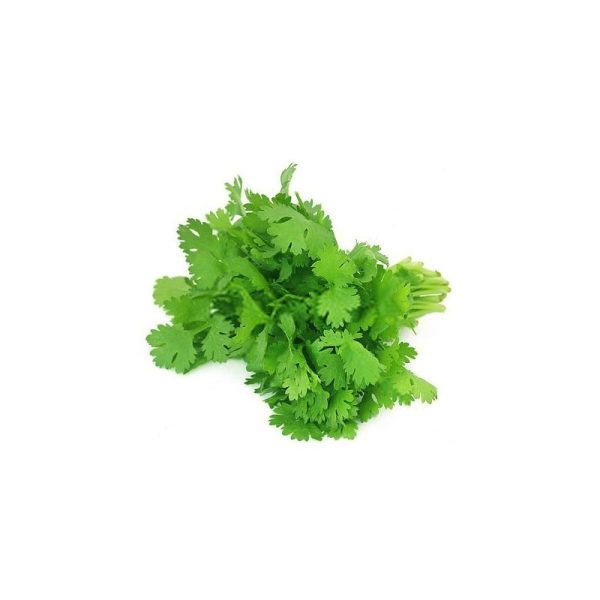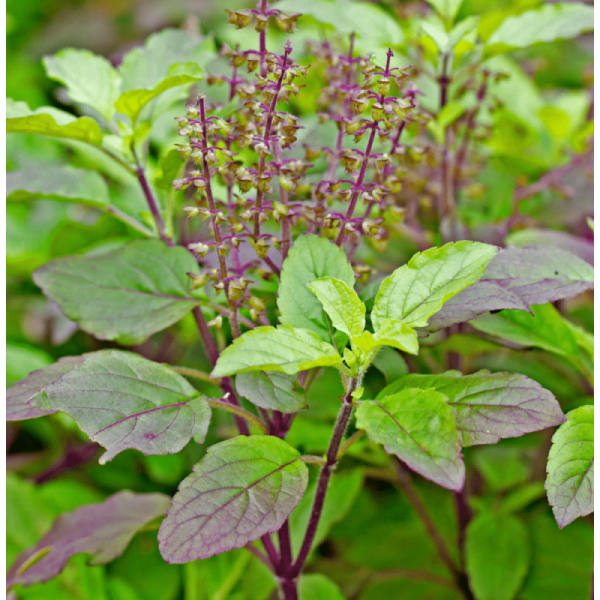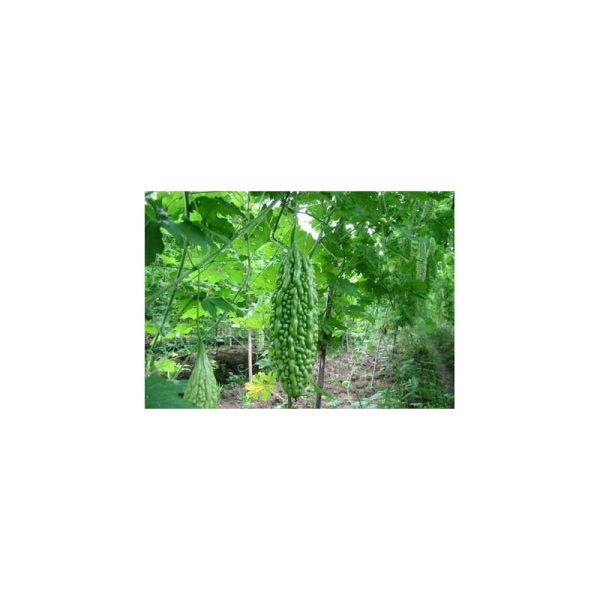Grow Beans at Home
Beans are great for beginner gardeners as they are very easy to grow, maintain, and harvest. They are high on nutrition, all the more reason to add this productive plant to your gardens.
Whether you decide to grow pole beans or bush beans, simply follow this quick guide and in no time you’ll be reaping green benefits from your kitchen gardens.
1. Pick The Type

Broadly speaking, there are two types of beans seeds that you can plant in your gardens:
- Pole beans seeds: These beans are like climbing vines that spiral around vertical support, making them a perfect fir for small-sized gardens. Pole beans may reach 10-15 feet tall, therefore, they require a trellis or staking to grow.
- Bush beans seeds: These grow compactly like regular plants, therefore, they do not require any external support. Bush beans are well-suited for raised beds gardening. The crop produced on bushes matures before the pole beans.
2. Growing Season

Beans are super flexible, they thrive well in both sun and partial shade. Pick a spot that receives partial sunlight. Pole beans need less space to sustain as they grow upwards. On the other hand, bush beans require more space to grow.
The ideal time to grow beans is around March or April. Planting them too late may not give them proper time to grow and get ready for the harvesting season. Learn more about vegetable growing seasons.
3. Soil Preparation

Beans grow well in nutrition-rich soil with good drainage. Mix garden compost with potting soil to prepare your soil for beans. Till the soil properly to break any clay-like structures. Beans are nitrogen-fixing plants, simply put, they can pull nitrogen from the air and make the soil more fertile. Just add compost to your soil and you’re good to move to the next phase of planting.
4. Sowing The Seeds

The bean seeds should be directly sown into the ground. It shouldn’t be transplanted or grown indoors initially as the roots of this plant are very delicate and can be easily damaged during the transplant process.
5. Installing Trellis

In case you plan to plant pole beans, install the trellis in your grounds to support the plant prior to sowing the seeds. Place the trellis in the exact spot you are planning to grow your beans. As the bean plant will mature, it will spiral around the trellis installed. Ensure that your trellis is installed deep into the ground to prevent it from falling and avoid any plant damage.
6. Planting

Plant the bean seeds directly into the soil about 9-12 inches away from each other. Dig a 1-inch deep hole, place the seed, and cover it with soil properly. To aid the germination process, water the seeds regularly for 3-4 days. Keep watering your plants once every 2-3 days to support the growth. However, do not overwater your plant.
7. Care & Maintenance

After the planting stage, comes the caring stage. After the seeds start to sprout, add a layer of mulch. Use leaves, shredded plants as mulch material. Add a layer of fertilizers to your plants to promote growth. As beans are nitrogen-fixing plants, pick fertilizers that are rich in other nutrients like phosphorus and potassium.
8. Harvesting

If you want a fresh supply of beans to your kitchen, then pick them when the pods are full and large in size. Once the pods begin to show the shape of the beans, they start drying out. Harvest the pods by snapping them from the top. Be careful while harvesting as you don’t want to damage the plant and prevent new pods from growing.
In 40 to 50 of planting, you’ll have a fresh supply of beans to enjoy at home. So get started with high quality bean seeds from AllThatGrows today.






























Reviews
There are no reviews yet.